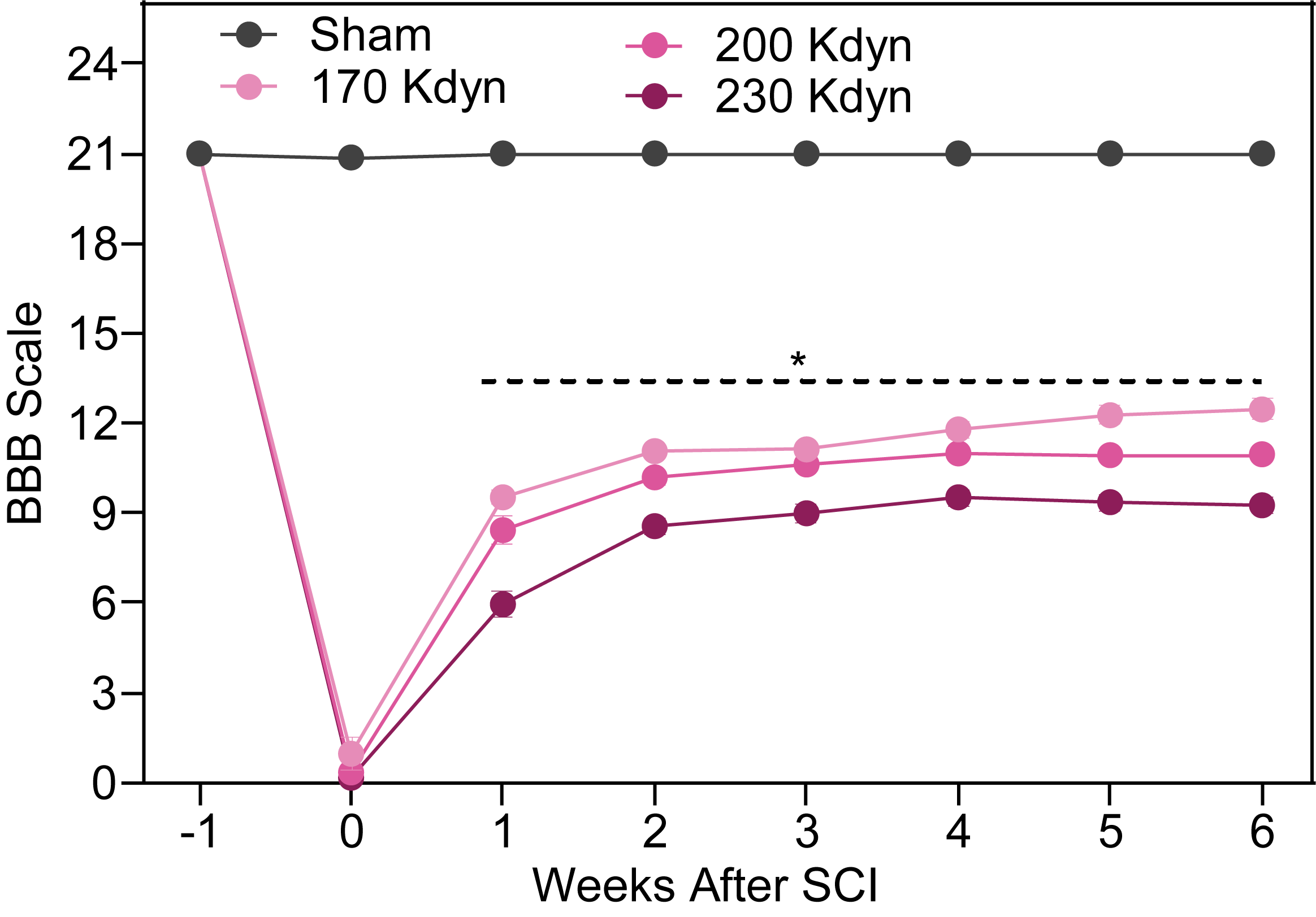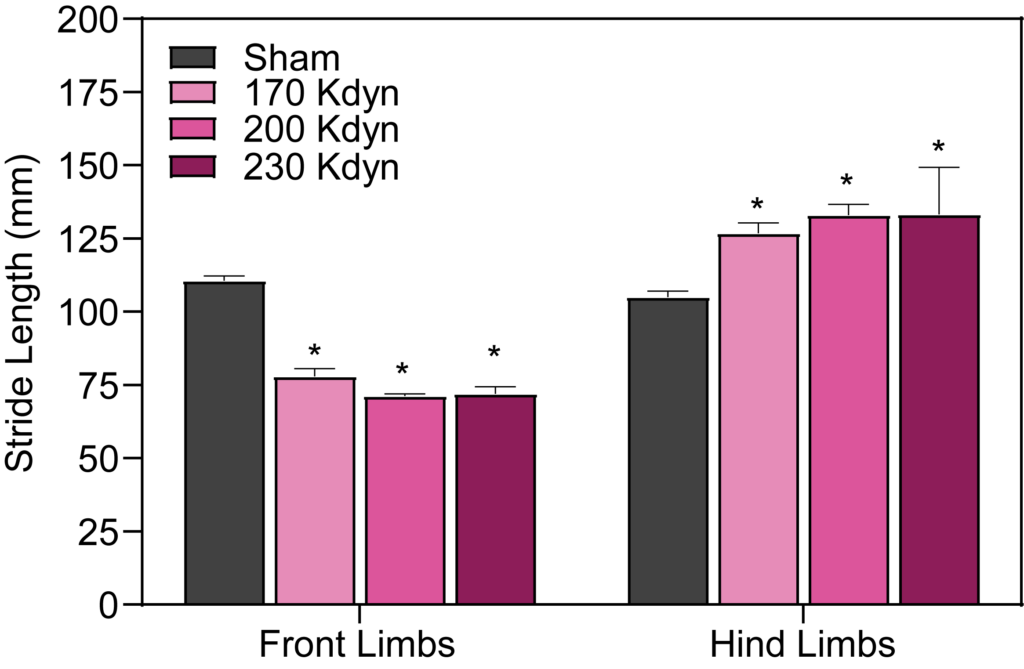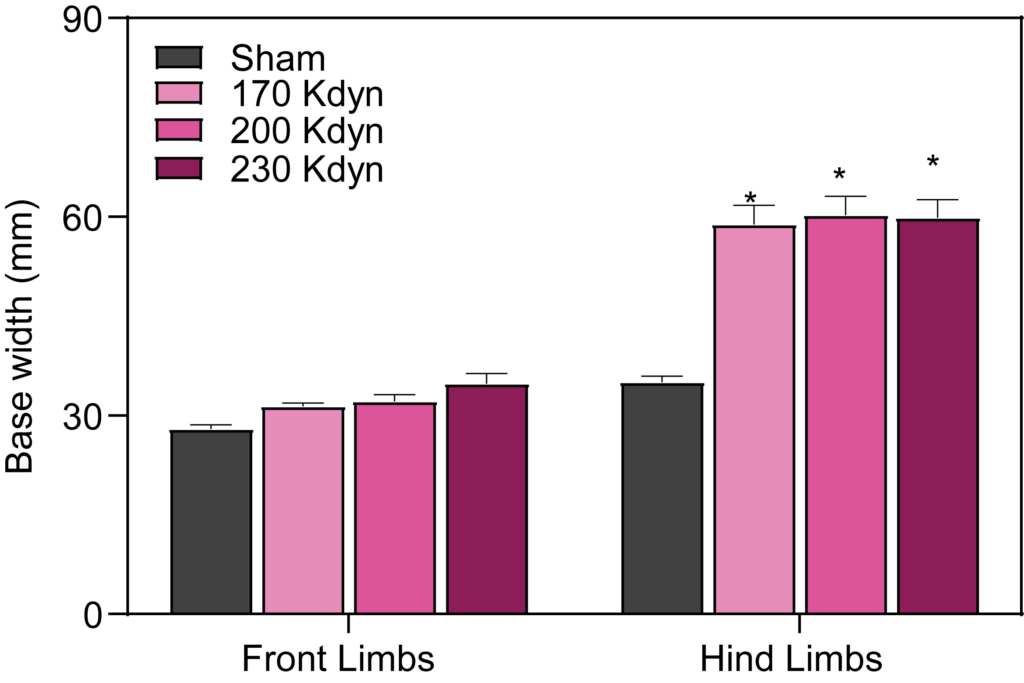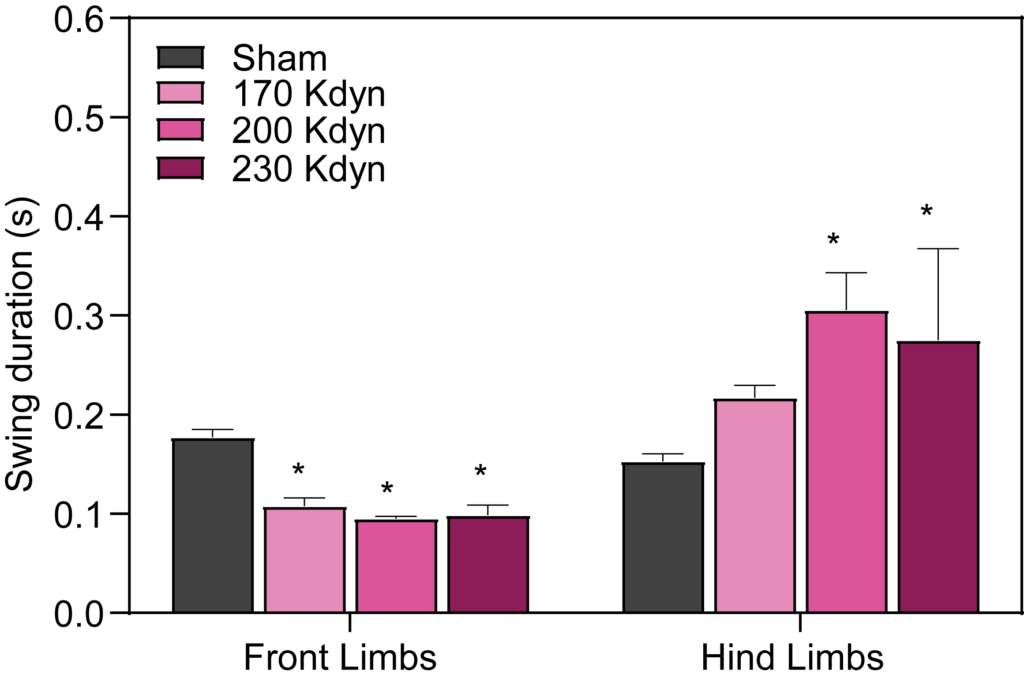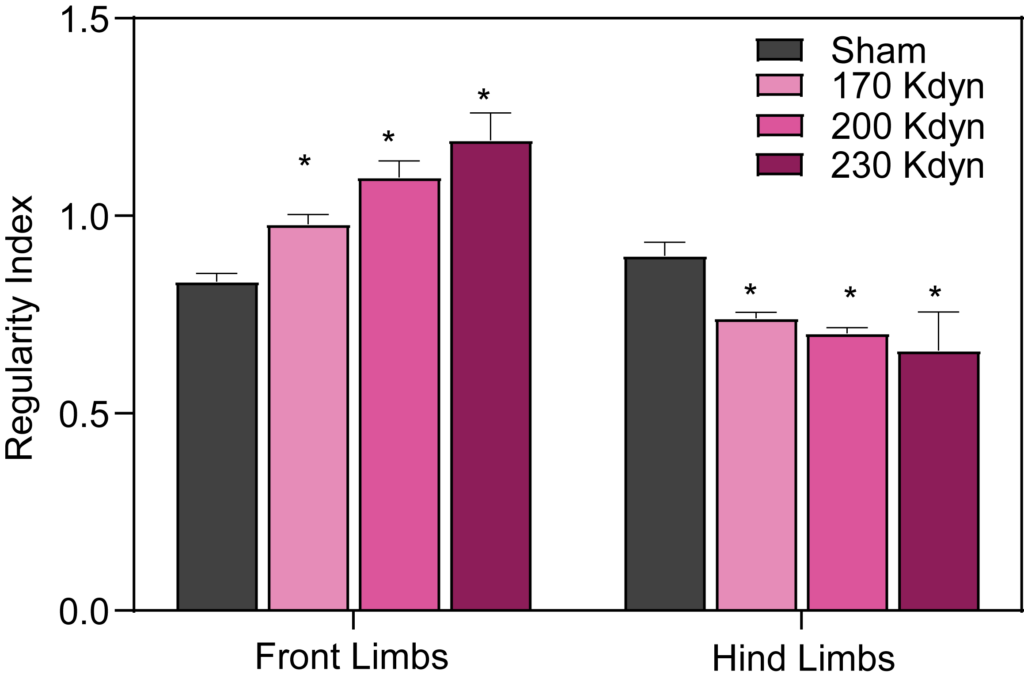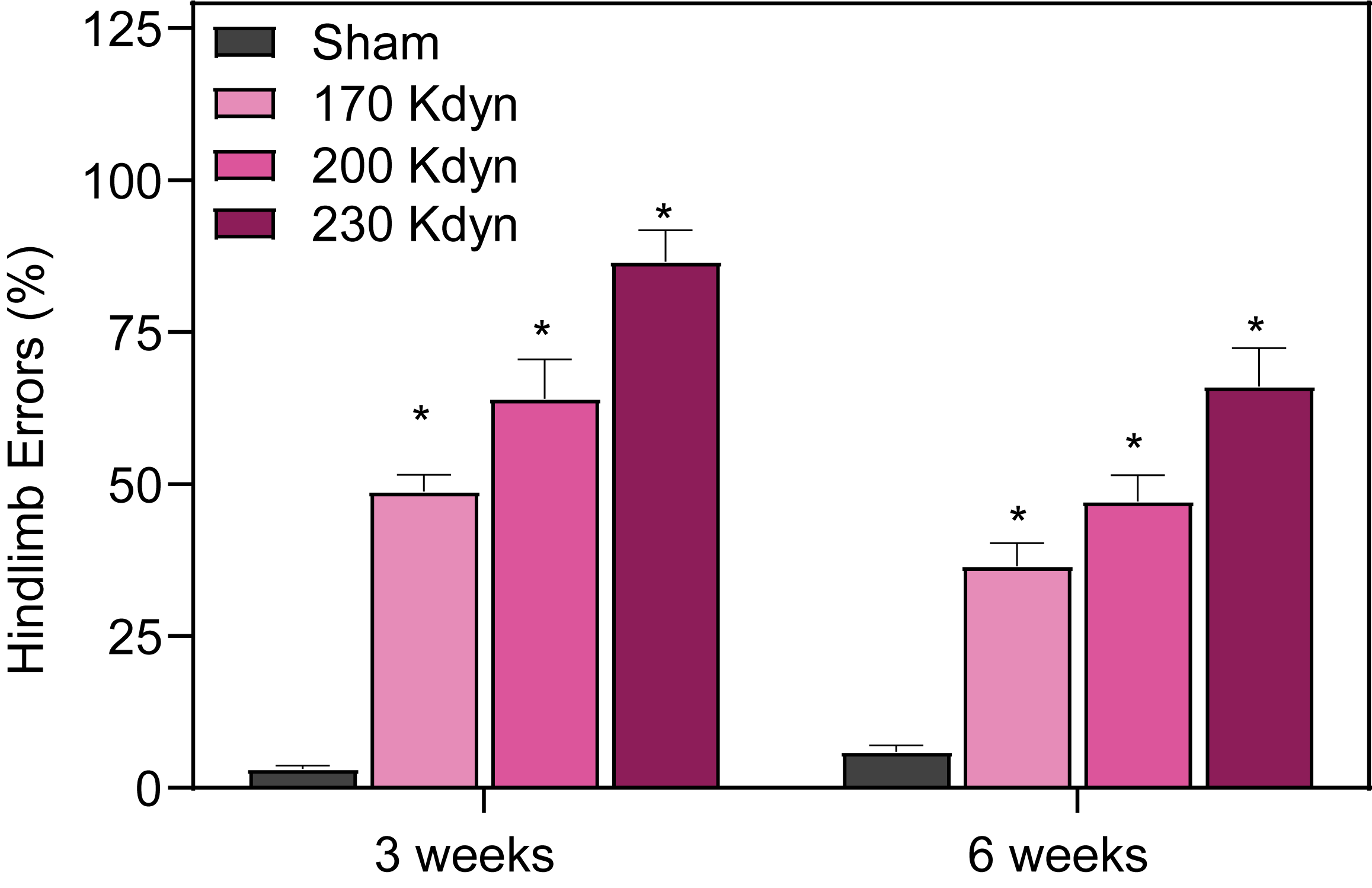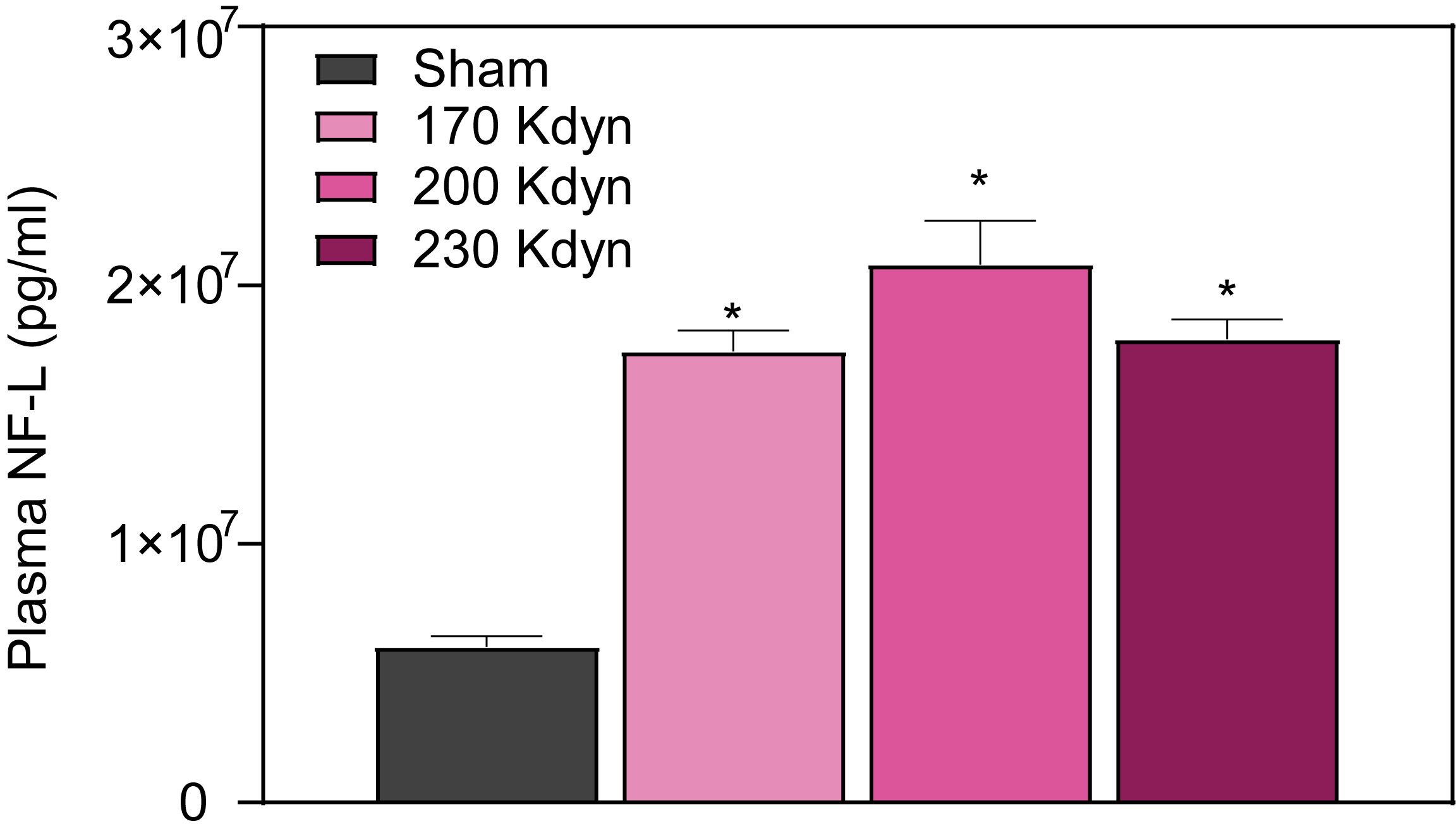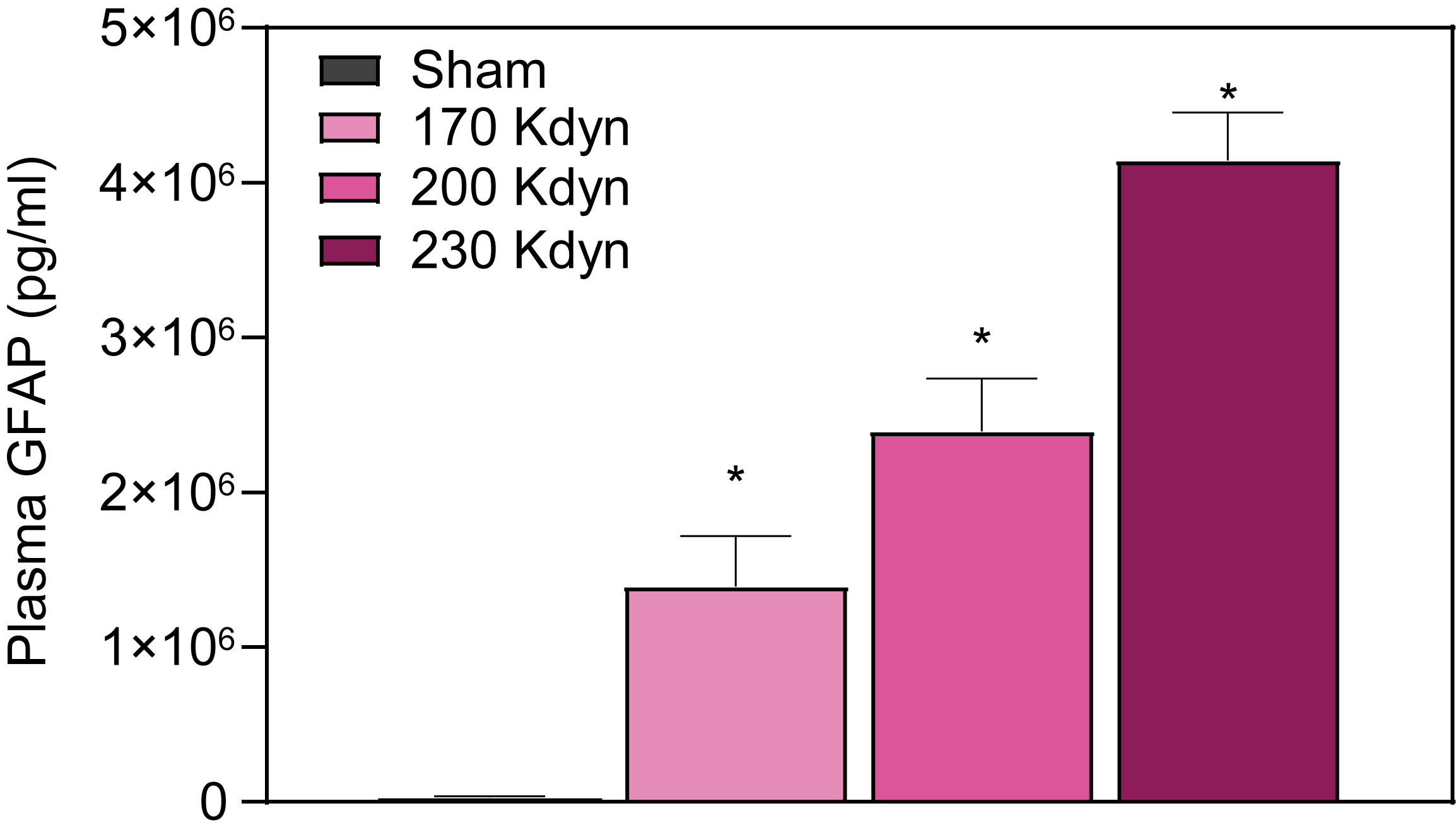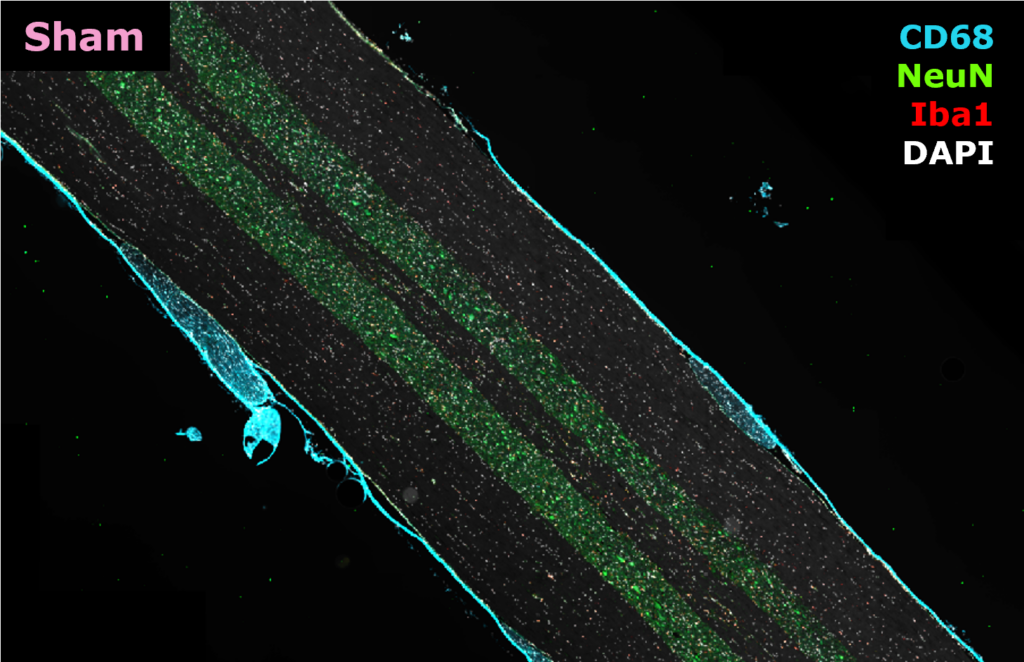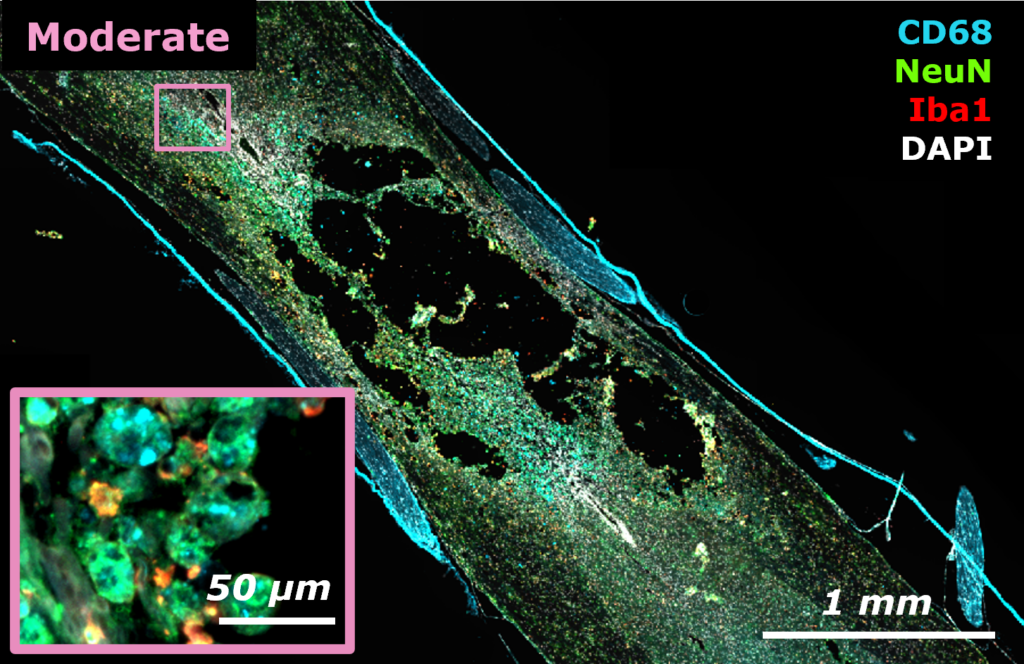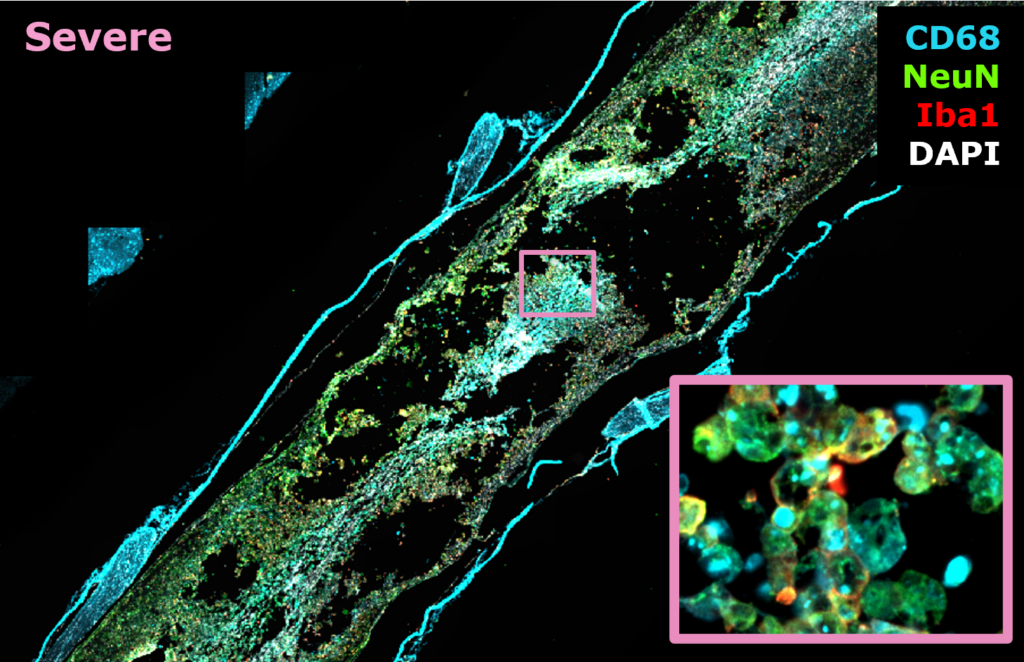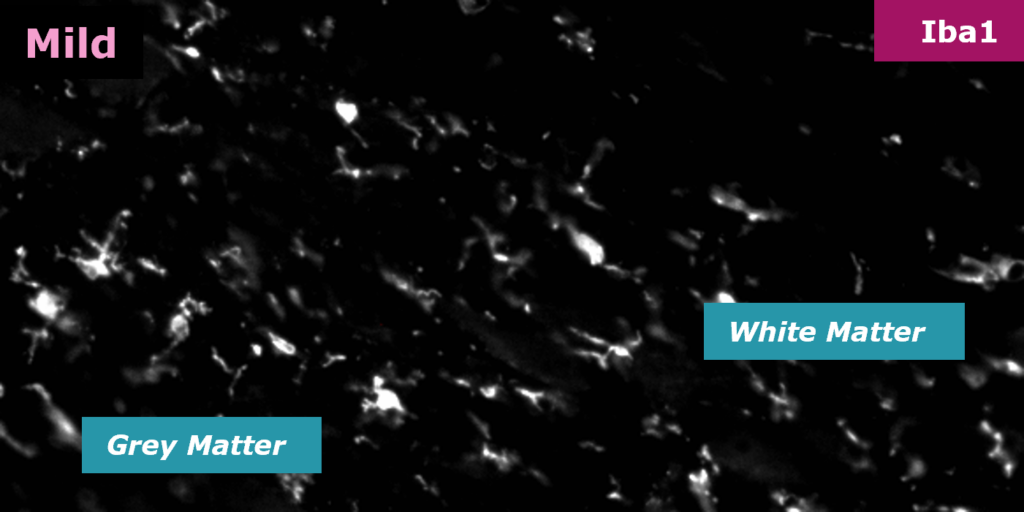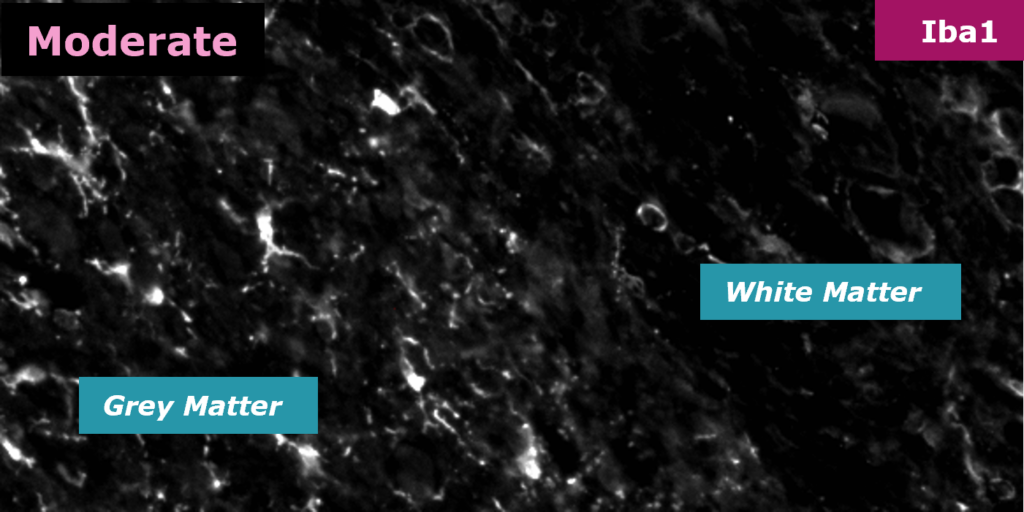PsychoGenics is at the forefront of preclinical spinal cord injury (SCI) research, and we are dedicated to fostering the development of innovative therapies that address the complexities of SCI. Our expertise in utilizing the thoracic contusion model of SCI allows us to closely study both primary and secondary lesions. Primary lesions, where bone fragments or other tissues impact the spinal cord, result in immediate tissue loss, axon breakage, and hemorrhages. Secondary lesions evolve from hours to months after the initial injury, characterized by progressive cell death, cyst formation, glial scar, demyelination, and abortive repair processes.
Preclinical SCI Studies Utilizing the Thoracic Contusion Model of SCI
At PsychoGenics, we specialize in preclinical spinal cord injury (SCI) studies using the thoracic contusion model, a clinically relevant approach to assess the efficacy of novel therapies. Our primary lesion induction involves the surgical removal of the T8 vertebral process and lamina, followed by precisely controlled injury delivered by the Infinite Horizon (IH) device. This model faithfully replicates the immediate tissue damage seen in SCI, including axon breakage and hemorrhage. In the secondary phase, our model accounts for the subsequent white and gray matter loss, cyst formation, demyelination, and the development of a glial scar.
Standardized Injury Induction with IH Impactor
Using the IH Impactor, we provide computer-controlled, standard-force injuries ranging from 150 to 250 kilodynes in rats. A higher impact force typically results in a lower Basso-Beattie-Bresnahan (BBB) score, indicating more severe impairment. Our advanced technology allows for the detection and exclusion of lesions that fall out of the desired range or present with technical issues, based on precise impact data. This ensures the high quality and reliability of our SCI research, paving the way for the development of groundbreaking therapies.
Comprehensive Assessment of Your SCI Treatment
We conduct a comprehensive range of preclinical neurobehavioral tests and pathological assessments to assess the impact of your novel SCI therapy on neurorecovery. By evaluating multiple endpoints, we gain an understanding of the therapeutic potential of your intervention, enabling you to advance urgently needed treatments.
Explore these areas of specialization:
